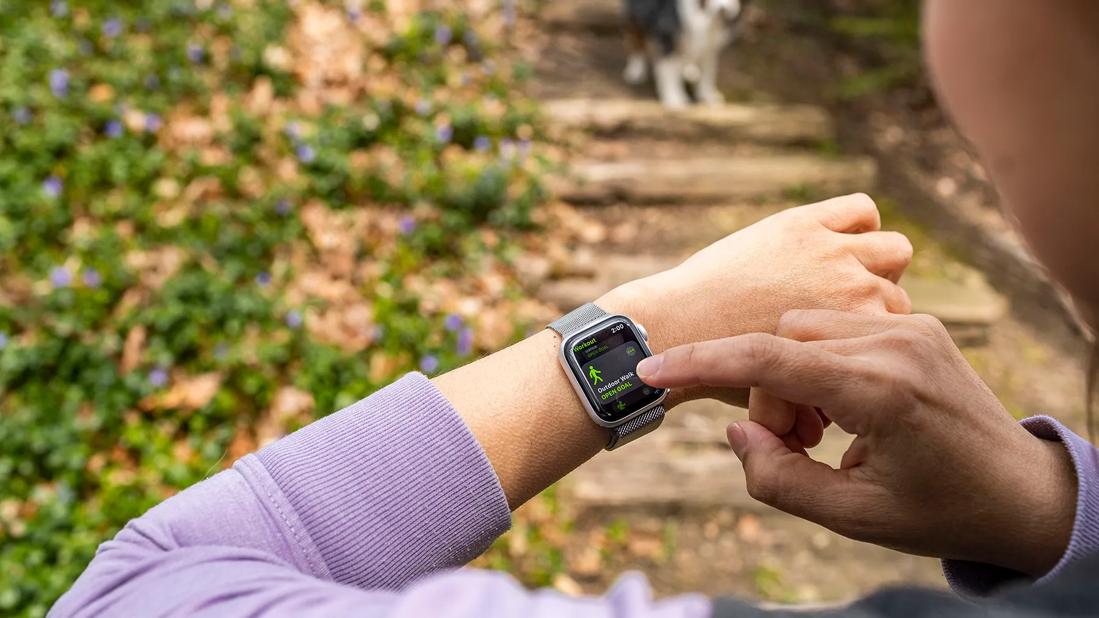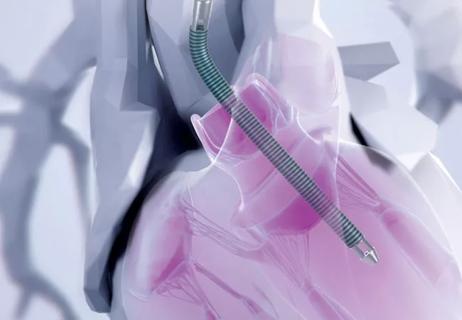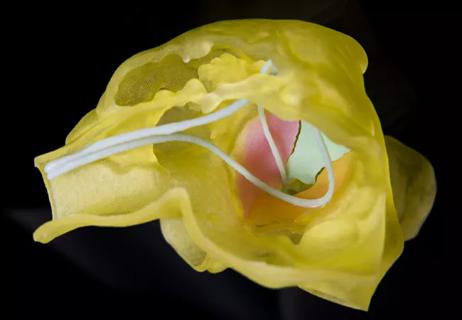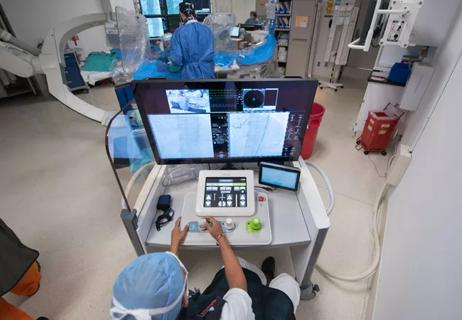Keeping ahead of the curve to improve care, convenience

Perhaps more than any other cardiovascular subspecialty, electrophysiology has embraced the use of modern technology in outpatient care. Since the early days of monitoring pacemaker patients through telephone lines, electrophysiologists have been early adopters of new technologies in pursuit of convenience and improved outcomes.
Advertisement
Cleveland Clinic is a non-profit academic medical center. Advertising on our site helps support our mission. We do not endorse non-Cleveland Clinic products or services. Policy
“If any field is well equipped and ready to move forward with technology, it’s electrophysiology. It’s simply in our nature,” says Khaldoun Tarakji, MD, MPH, Director of Outpatient Electrophysiology and Remote Cardiac Monitoring at Cleveland Clinic.
By necessity, electrophysiologists are a technologically oriented bunch, since pacemakers and other implantable cardiac devices are the backbone of their subspecialty. When these devices’ growing popularity created a backlog of patients seeking office visits simply for device checkups, electrophysiologists sought a way to ease the burden. The result was home transtelephonic monitoring (TTM), which allowed a device to be checked over the phone, freeing patients from frequent office visits.
The expansion of cellular networks spurred a seismic change in this technology. The tabletop TTM unit was exchanged for a small device that transmitted data from cardiac devices automatically while the patient slept. Still, the patient and device had to be in close physical proximity.
Further advances and more innovative platforms resulted in portable units. These devices communicate with the patient’s pacemaker and send data to the patient’s smartphone through Bluetooth®, which transmits the data to the physician’s computer via Wi-Fi or a home internet connection. “In general, remote monitoring of pacemakers and defibrillators improves outcomes, including survival, and lowers cost,” says Dr. Tarakji.
Another advancement is the development of a smartphone electrocardiogram recorder, a simple two-electrode unit that fits on the back of a cellphone. A rhythm strip is recorded when the patient places the fingers of each hand on one of the electrodes for 30 seconds. The patient’s cardiologist then can access the data almost instantly through the cloud. Cleveland Clinic was a leader in adopting this smartphone technology to record rhythm strips, and it published results in the iTransmit study in Heart Rhythm Journal in 2015.
Advertisement
“We showed the value of this remote monitoring approach in our atrial fibrillation patients after an ablation procedure,” Dr. Tarakji notes. “It works as well as if not better than our traditional transtelephonic monitors that depend on land lines, and patients found it easy to use.”
Today, Cleveland Clinic uses multiple modalities made by various companies to monitor patients with arrhythmias based on indication. Capabilities range from intermittent rhythm monitoring to continuous monitoring over short durations to monitoring of patients’ rhythm for extended periods of up to three years with implantable loop recorders. ”The type of heart rhythm monitor we choose depends on the nature of the arrhythmia, whether or not it’s causing symptoms, and its duration and frequency,” explains Dr. Tarakji.
With a large national and international patient base, Cleveland Clinic electrophysiologists recognize patients’ need to stay connected to them without incurring the cost and inconvenience of unnecessary outpatient appointments. The problem is increasingly being addressed with virtual visits: These appointments, conducted via Skype or a secure internet video connection, were the subject of a Consult QD feature last year. Dr. Tarakji and his colleagues continue to expand the use of virtual visits in their electrophysiology practice.
As an example of virtual visits’ utility, he cites their use in some patients with atrial fibrillation, the most common arrhythmia among individuals over age 65. “At the time of diagnosis, atrial fib triggers a great deal of anxiety among patients, so they come seeking a second opinion,” he observes. “Oftentimes they are back in normal rhythm, taking all the appropriate medications, and they simply want reassurance. Yet it’s hard for these patients to travel long distances to come for periodic checks. When virtual visits are paired with the right type of cardiac rhythm monitoring devices, they provide a great mechanism for staying connected with these patients and providing better care in an efficient way over the long term.”
Advertisement
Yet virtual visits are not currently broadly and reliably covered by insurance and, like other disruptive technologies, their place in the U.S. healthcare system is not quick to be settled. “Virtual visits may not be suitable for some patients,” Dr. Tarakji notes, “but for those who are good candidates, these technologies need to be recognized by insurance companies for the time- and money-savers they are.”
Another tech-related challenge to physicians is the explosion in wearable and app-based devices marketed directly to consumers.
“These apps and devices are cheap and fun, but there are too many of them to keep track of, and some don’t work accurately,” says Dr. Tarakji. “We should be testing these products, vetting them for patients, and obtaining clinical evidence of their usefulness and potential benefit in improving outcomes.”
But with more than 77 percent of Americans owning a smartphone, he says there’s no doubt patients will expect more app-based technologies in the future: “The question is whether we are ready as clinicians to meet these expectations in an intelligent, efficient way that satisfies the needs without increasing the burden on physicians.”
For now, Dr. Tarakji is focused on promoting and perfecting the use of technology in outpatient electrophysiology care. “We’re seeing what works, providing the platform that makes adoption possible, and offering guidance to patients and other physicians,” he says.
He encourages interested colleagues at other institutions to take the same initiative. “Clinicians have differing levels of interest in information technology, and not all are tech-oriented,” he says. “That’s fine, but those of us who are interested in tech have an opportunity — even a responsibility — to champion the use of technology to advance patient care more quickly. This train keeps moving forward, and we should encourage our colleagues to come aboard.”
Advertisement
Advertisement

Patient-patient network analysis proves to be fast and clinically intuitive

How we’re using a new multidisciplinary approach to broaden the benefits of ablation

Models developed with promising accuracy and generalizability to clinical practice

Illustrated case series profiles a valuable tool for a rare and complex entity

A minimally invasive, single-incision approach to two coexisting problems

A long-overdue technology is poised to reshape practice

A short video portrait and overview of our experience to date

A glimpse into our centralized monitoring strategy and more